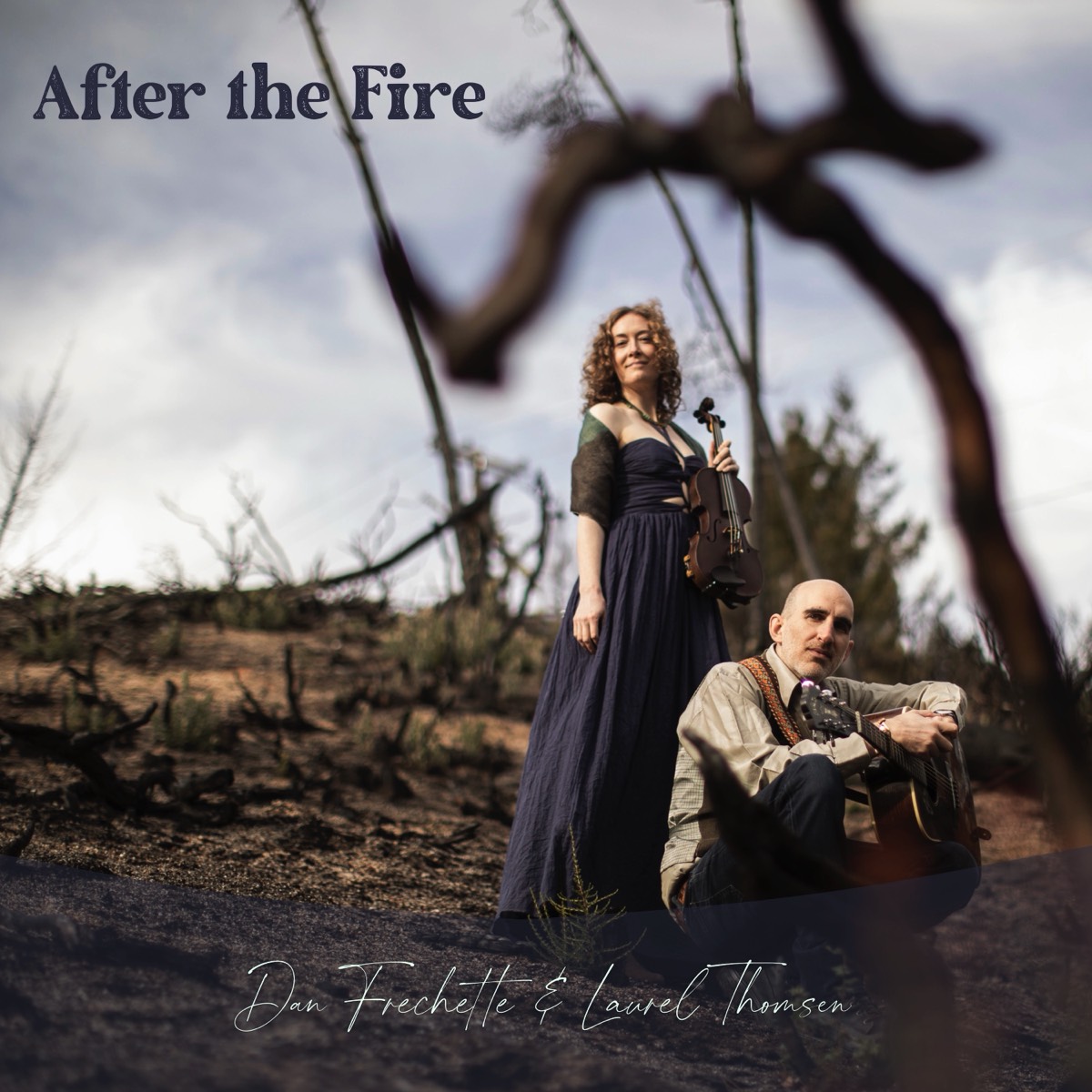I've been using Pirastro brand strings exclusively for over 25 years (Thomastik strings and a few other brands before that), however, no matter the brand, I've always shied away from wound E strings. The one I tried early on sounded quite dull on my instrument (I can't recall the brand), and that didn't seem worth any non-whistling benefit it might give me. Apparently, while the diameter of many wound E strings is wider than a plain steel E, Pirastro's No. 1 E string, released late last year, has a diameter that is similar to a non-wound E, providing a quicker response than many of the other wound E strings on the market.
After losing the string protector on my fine tuner and having a series of E strings break on me recently, I decided to order a handful of different Pirastro and non-Pirastro brand E strings to try. While I've enjoyed Pirastro Evah Golds for years, the E strings in recent sets were sounding thin despite new bow hair and rosin. Maybe I just got a couple duds, or something in the manufacturing had changed? Furthermore, a few pieces I've been playing recently have some risky chords that are prone to whistling. Maybe it was time to give another wound E a try?
My first impression was surprise at how much this string stretches within the first few hours of playing! I'm used to E strings that settle in within minutes, if not instantly. This isn't a problem, but it's good to know about this string in case one breaks midway through a gig or performance! In that situation it would be best to swap instruments or a non-wound E.
As the string settled in, my second impression was the warmth! The word "nobel," which Pirastro uses to describe this string on their website, is spot on. It took my ear a bit of time to adjust to the new bouquet of overtones - a crisp upper edge with a rumble of richness underneath. Maybe that was the fullness I'd been missing in my other E strings?
And third, after putting the string though all the common whistle spots over about 6 hours of practice, I still haven't gotten it to whistle. Yay!
The string also feels good under the bow. It's very responsive and feels a bit more pliable than the typical non-wound string, giving some additional, tactile feedback about weight and bow speed. The tone also seems to balance beautifully with the rest of my Evah Gold set.
While one of the more expensive E strings ($24.99 USD), being wound with chrome steel, Pirastro states that it should last longer than many other strings, as well as be immune to hand perspiration. While only available for 4/4 sized violins at this time, it is available in three guages (I'm trying medium), and is made for both loop and ball fine tuners.
I should note that although I enjoy a Pirastro sponsorship, I purchased this particular string from a different retailer and this review is entirely my honest impression. While I have been quite happy with Pirastro strings, every instrument is different and it's important to experiment and keep an open mind.
If you'd like to try one for yourself, I enjoy a small commision from Amazon for my referral when you use either of these links:
Loop End Pirastro No. 1 E
Ball End Pirastro No. 1 E
I'm looking forward to seeing how this string settles in over the coming weeks!

